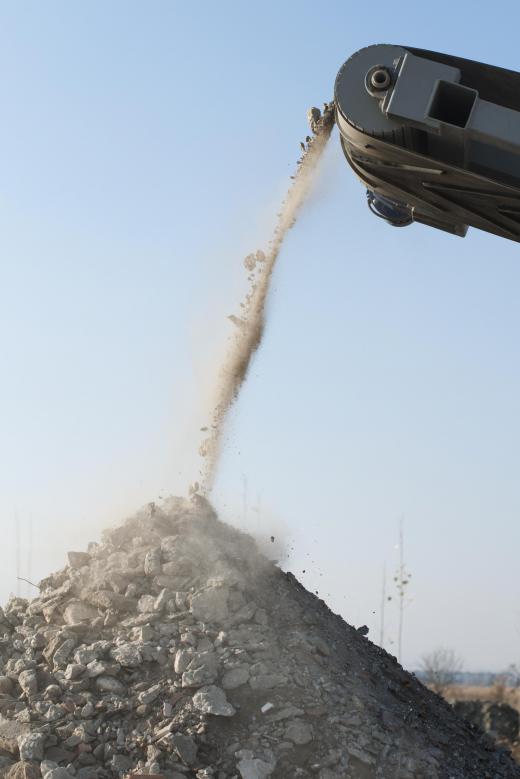A pelletizer is designed to crush rock and coal into pellets so it is usable for other applications. The original pelletizer was developed as a hydraulic system and is more than 30 years old. The modern-day pelletizer operates off electricity, and the fact that some of the original designs are still operating today is amazing to many engineers.
Today's pelletizer uses an electric engine to drive two motors, which feed the rolls and the rotor. The same system is used throughout the world. The modern system uses a water slide design, which cuts down on how often operators have to handle hot strands of material within the system. In fact, the newer water slide pelletizer designs do away with the stranding process. Instead, the system automatically restarts any strands that stop during normal operation.

The pelletizer also has installed water jets, which are located above the water slide. This allows for maximum cooling of the material being processed. Then, the material goes through a trough where excess water is drained and the feed rolls of the pelletizer move the material to the cutting area.
At the end of the process, the resulting pellets are dropped back into the cooling water for transport to a centrifugal water separator that removes moisture. This part of the process can be compared to putting the material into the spin cycle of a washer in order to spin out the moisture. There is also a dry-cut system that can remove water before the strands enter the cutting chamber. This system is good for material that is used with glass-filled resins.
One of the most popular pelletizer designs is the underwater design. This system is used for many applications, including underwater salvage operations. The underwater pelletizer system has an application-engineered, low polymer pressure drop design. In addition, it has tiled or solid-faced plates. The underwater pelletizer units come fitted with a floating deck for easy use and are fixed with a water chamber.
According to the agency standards, most pelletizer designs come with a simple start-up and no need to handle strands. There are no timing concerns with the water flow, and the hot die face cutting is not vulnerable to melt flow interruptions, which saves time and also addresses safety concerns.
